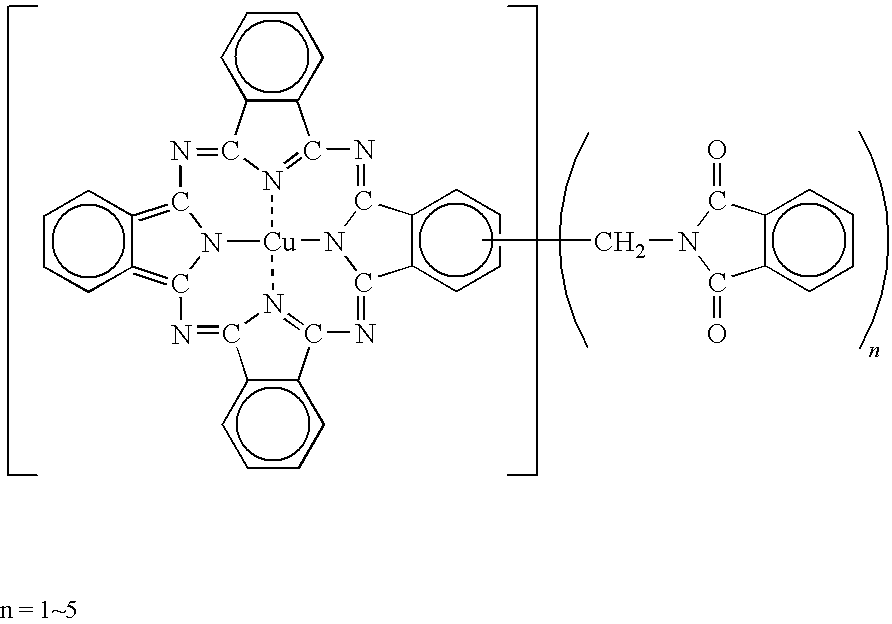Toner
a technology of toner and elasticity, applied in the field of toner, can solve the problems of reducing the crushability of toner particles, affecting the releasability of paper, and affecting so as to reduce the elasticity of toner, reduce the releasability of paper, and reduce the crosslinking density
- Summary
- Abstract
- Description
- Claims
- Application Information
AI Technical Summary
Benefits of technology
Problems solved by technology
Method used
Image
Examples
example 1
[0198]
binder resin 170 partsbinder resin 730 partsmagnetic iron oxide particles A (number-average70 partsparticle size: 0.14 μm; magnetic characteristicsat 795.8 kA / m: Hc = 11.5 kA / m, σ10k =90 Am2 / kg, σr = 16 Am2 / kg)wax a (Fischer-Tropsch wax (melting point: 105° C.)) 4 partscharge control agent-3 2 parts
[0199]The above materials were pre-mixed in a Henschel mixer, and melt-kneaded by a two-shaft kneading extruder. The kneading was conducted by controlling a detention time in such a manner that the temperature of the kneaded resin became 140 to 150° C. and by opening the vent hole of the kneader in order to reduce the pressure generated in the kneading.
[0200]The kneaded substance thus obtained was coarsely crushed by a hammer mill, then ground by means of a turbo mill, and the finely ground powder thus obtained was classified by a multidivision classifier utilizing the Coanda effect, thereby obtaining toner base particles having a weight-average particle size (D4) of 7.3 μm. To 100 ...
example 2
[0218]Toner 2 was prepared in the same manner as in Example 1, except that the types and mixing ratio of resins were changed as shown in Table 3 and that the kneading was carried out with the resin temperature set at 155 to 165° C. and in a state that the vent hole for reducing the pressure was closed. The physical properties of the resulting toner are shown in Table 3. The results of the evaluations made on this toner in the same manner as in Example 1 are shown in Tables 4 to 7.
examples 3
[0219]Toners 3 to 8 were produced in the same manner as in Example 1, except that the types and mixing ratios of resins were changed as shown in Table 3. The physical properties of the resulting toners are shown in Table 3. The results of the evaluations made on these toners in the same manner as in Example 1 are shown in Tables 4 to 7.
PUM
| Property | Measurement | Unit |
|---|---|---|
| activation energy Ea | aaaaa | aaaaa |
| storage modulus G | aaaaa | aaaaa |
| frequency | aaaaa | aaaaa |
Abstract
Description
Claims
Application Information
 Login to View More
Login to View More - R&D
- Intellectual Property
- Life Sciences
- Materials
- Tech Scout
- Unparalleled Data Quality
- Higher Quality Content
- 60% Fewer Hallucinations
Browse by: Latest US Patents, China's latest patents, Technical Efficacy Thesaurus, Application Domain, Technology Topic, Popular Technical Reports.
© 2025 PatSnap. All rights reserved.Legal|Privacy policy|Modern Slavery Act Transparency Statement|Sitemap|About US| Contact US: help@patsnap.com



